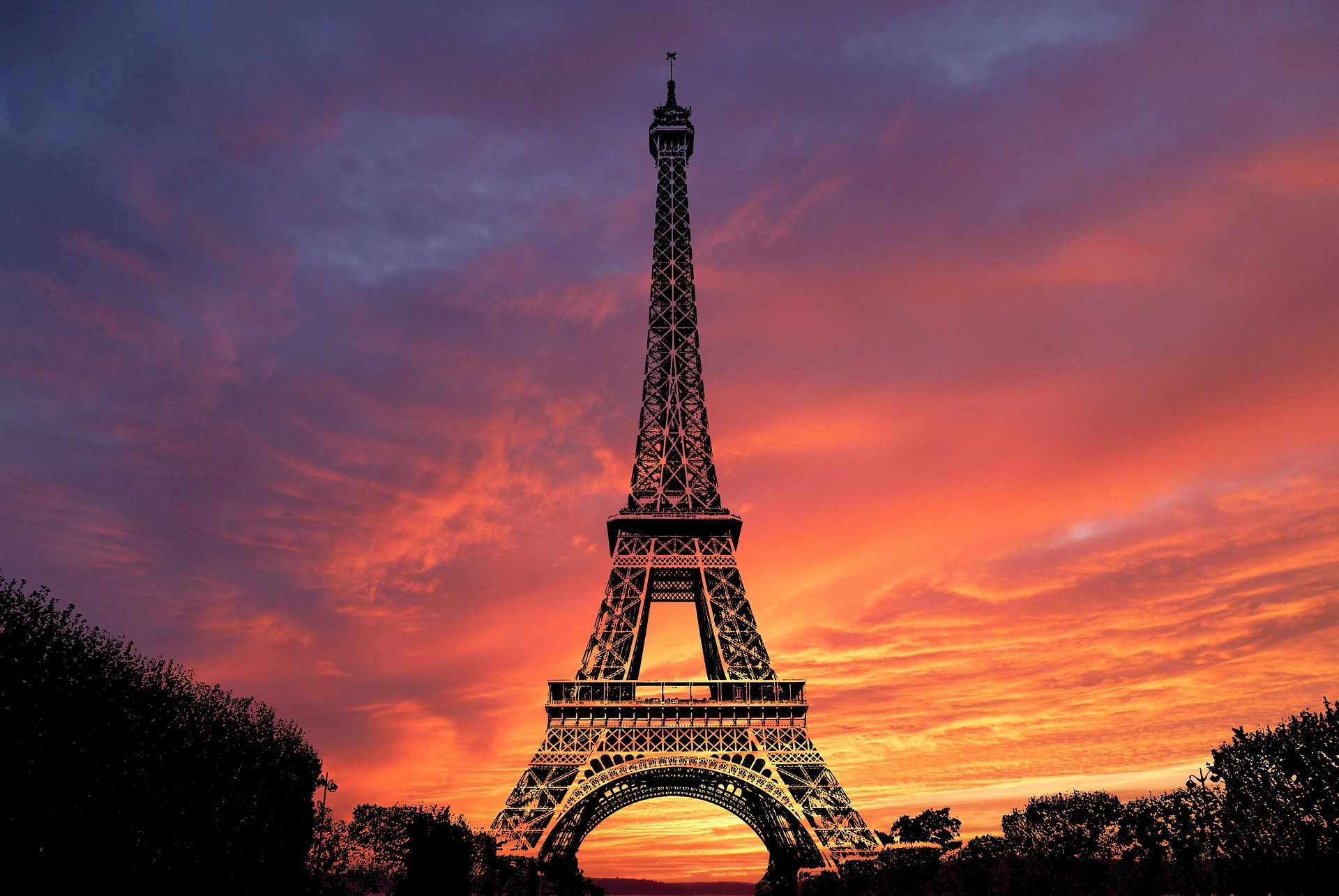
How Tall Is the Eiffel Tower?
How Tall Is the Eiffel Tower?
The Eiffel Tower, one of the most iconic landmarks in the world, stands as a symbol of Paris and France. Millions of tourists visit this magnificent structure every year to admire its beauty and enjoy breathtaking views of the city. But how tall is the Eiffel Tower? In this blog, we will explore its height, structure, and other interesting facts about its dimensions.
The Official Height of the Eiffel Tower
The Eiffel Tower stands at 330 meters (1,083 feet) tall as of 2024, including its antenna. Originally, when it was completed in 1889, the tower measured 312 meters (1,024 feet), but the addition of broadcasting antennas over the years has increased its height.
To put this into perspective, the Eiffel Tower is roughly the same height as an 81-story building. It held the record as the world’s tallest structure until 1930 when the Chrysler Building in New York City surpassed it.
Breakdown of the Eiffel Tower’s Height
The tower is divided into different sections, each contributing to its total height:
- Base to First Floor: 57 meters (187 feet)
- First Floor to Second Floor: 115 meters (377 feet)
- Second Floor to Third Floor (Summit): 276 meters (905 feet)
- Antenna: 24 meters (78 feet)
Each of these sections offers unique perspectives of the city, and visitors can explore different levels of the tower to experience its grandeur.
How the Height of the Eiffel Tower Changes
The height of the Eiffel Tower is not always the same. Due to the thermal expansion of iron, the structure can grow by 15 centimeters (6 inches) in the summer when temperatures are high. Similarly, in cold weather, the iron contracts, making the tower slightly shorter.
Comparison With Other Famous Structures
The Eiffel Tower may not be the tallest structure today, but it remains one of the most recognizable. Let’s compare its height with other famous landmarks:
- Statue of Liberty (USA): 93 meters (305 feet)
- Big Ben (UK): 96 meters (315 feet)
- Empire State Building (USA): 443 meters (1,454 feet)
- Burj Khalifa (UAE): 828 meters (2,717 feet)
While modern skyscrapers like the Burj Khalifa dwarf the Eiffel Tower, it remains one of the tallest historical structures in the world.
Why Was the Eiffel Tower Built So Tall?
The Eiffel Tower was designed by Gustave Eiffel for the 1889 Exposition Universelle (World’s Fair) held in Paris. Eiffel wanted to create a structure that demonstrated the potential of modern engineering and iron construction. The tower’s height was a testament to human ingenuity and remains an engineering marvel today.
Interesting Facts About the Eiffel Tower’s Height
- It was the tallest man-made structure for 41 years until the Chrysler Building was completed in 1930.
- The tower was initially meant to be dismantled after 20 years, but it was saved due to its usefulness as a radio transmission tower.
- During World War II, the French cut the elevator cables to prevent the Nazis from accessing the top of the tower.
- The tower sways slightly—up to 7 centimeters (2.7 inches)—in strong winds.
Visiting the Top of the Eiffel Tower
Visitors can take an elevator to the top of the Eiffel Tower or, for the more adventurous, climb the stairs up to the second floor before taking a lift to the summit. The experience offers unparalleled views of Paris’ skyline, including famous landmarks like the Louvre, Notre Dame, and the Seine River.
Related: How Much Does It Cost to Go to the Top of the Eiffel Tower?
Conclusion
The Eiffel Tower stands at an impressive 330 meters (1,083 feet) tall, making it one of the most extraordinary architectural feats in the world. While it may no longer be the tallest structure, its historical significance and breathtaking views make it an unforgettable destination for visitors from around the globe. Whether you visit during the day or night, standing at the top of the Eiffel Tower is an experience like no other.
For more travel insights and guides, check out ExploreGlobe.









